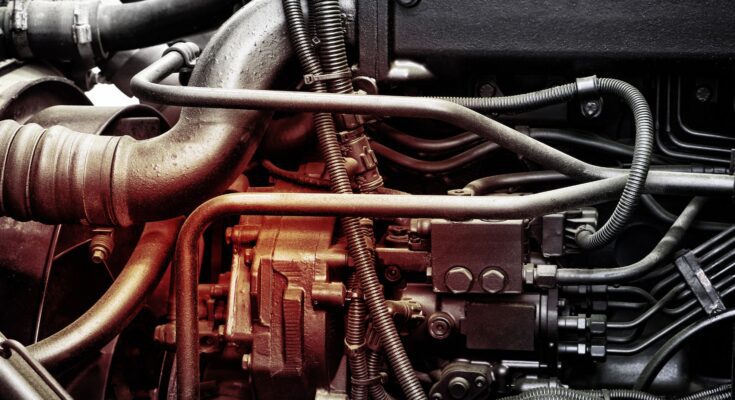Your truck is your best mode of transportation, but if you neglect basic vehicle maintenance, those good times will soon come to an end. Here are a few good things you can do for your diesel truck to keep it healthy on the road.
Check the Fluids
If you do nothing else for your vehicle, periodically check the fluids. Oil is the biggest one to watch out for. If the oil runs low or becomes dirty, you’re going nowhere. On average, you should change the oil every 3,000 miles, but check your truck’s owner’s manual to be sure. With some modern synthetic oils, you can put off changes for 6,000 miles, but don’t get cocky. Periodically check the oil level and quality with a dipstick, and make sure all other fluids, from transmission to windshield wiper fluid, are full. They’re the lifeblood of your truck!
Install or Upgrade the Turbocharger
More than likely, your truck’s engine already has a turbocharger. It should increase horsepower in your Powerstroke engine, deliver more oxygenated fuel, and improve performance. Upgrading your turbocharger, however, can deliver more power and torque and improve performance further.
Don’t Idle
Idling can be a way to show off your truck’s sound and keep the fuel moving through the engine, but it’s a waste. Idling also places undue strain on the engine and releases excessive exhaust into the immediate area. If you’re using your truck for tailgating, for example, the stench of diesel fumes can really put a damper on the celebration!
Clean Up the Engine
You likely know the importance of washing your truck’s exterior; another good thing you can do for your diesel truck is cleaning the engine. If the engine is becoming greasy, it’s time to pop the hood and clean it. Use a vacuum cleaner to remove debris like leaves, twigs, and the like. Cover up parts like the sensors, alternator, air intake, and other sensitive parts with plastic baggies. Spray a degreaser across the engine, and let it sit for a few minutes. Afterward, scrub it with a soft bristle brush while wearing rubber gloves and goggles. Finally, use a garden hose—not a pressure washer—to rinse everything.
Happy trails!



